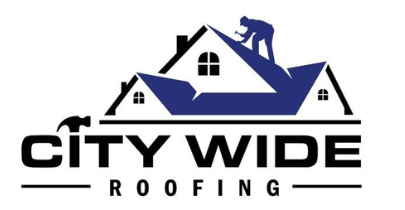Cool roofing has gained popularity in recent years due to its ability to reduce energy costs and mitigate the urban heat island effect. The concept of cool roofing is simple: it involves using materials that reflect sunlight instead of absorbing it, which helps keep buildings cooler and reduces the need for air conditioning. As a result, cool roofing can significantly lower energy bills and enhance comfort levels indoors.
There are various types of cool roofing materials available on the market today, each with its own benefits and drawbacks. Choosing the right option for your home or business can be challenging, as there are several factors to consider such as cost, durability, climate zone, and building design.
In this article, we will explore different types of cool roofing options and provide insights into what you should consider when selecting a material that best suits your needs.
Understanding the Benefits of Cool Roofing
The advantages of cool roofing include a reduction in energy costs, improved indoor comfort, and a decrease in urban heat island effect. Cool roofs reflect more sunlight and absorb less heat than traditional dark-colored roofs. This means that the roof’s surface stays cooler, reducing the amount of heat that is transferred into the building below.
As a result, air conditioning systems do not have to work as hard to maintain comfortable indoor temperatures, which leads to significant energy savings. In addition to lower energy bills, cool roofing can also improve indoor comfort by reducing heat transfer from the roof into living spaces. It helps regulate temperature fluctuations and minimizes hot spots within buildings.
Moreover, cool roofing reduces urban heat island effect by reflecting sunlight back into space instead of absorbing it and re-radiating it as infrared radiation (heat), which contributes to rising temperatures in cities. By choosing the right cool roofing option for your home or business, you can help reduce your carbon footprint while enjoying lower energy bills and improved indoor comfort.
Exploring Different Types of Cool Roofing Materials
Various materials are available that have the ability to reflect sunlight and reduce heat absorption, making them suitable for installation in roofs of buildings.
One popular option is metal roofing, which can be made from materials such as aluminum or steel. Metal roofing has a high solar reflectance and thermal emittance, meaning it reflects most of the sunlight that hits it and releases any absorbed heat quickly. This results in lower energy costs for cooling a building during hot weather.
Another cool roofing material is white roof coatings, also known as elastomeric coatings. These coatings are applied over existing roofs and provide a reflective surface that reduces heat absorption.
They are typically made from acrylics or polyurethanes and can last up to 20 years with proper maintenance. White roof coatings have been found to reduce roof temperatures by 50-60 degrees Fahrenheit compared to traditional dark-colored roofs.
While they may not be as durable as other cool roofing options, they are an affordable and effective way to minimize energy consumption while keeping your home or business cooler.
Factors to Consider When Choosing a Cool Roofing Option
Factors to consider when selecting a suitable roofing material with high solar reflectance and thermal emittance include durability, cost-effectiveness, and maintenance requirements. Durability is an essential factor to consider as it determines the longevity of the roof and its ability to withstand harsh weather conditions. A durable cool roof can last up to 20 years or more without requiring significant repairs or replacements.
Cost-effectiveness is another critical aspect that should not be overlooked when choosing a cool roofing option. The upfront costs of installing a cool roof may be higher than traditional roofs, but they offer long-term savings by reducing energy bills and minimizing the need for frequent repairs.
Another crucial factor in selecting a cool roofing option is maintenance requirements. Some materials require regular cleaning and upkeep to maintain their reflective properties, while others are low-maintenance and require minimal attention over their lifespan.
Additionally, it’s crucial to choose a material that complements the architecture of your building and meets local building codes and regulations. Ultimately, weighing these factors will help you select a cool roofing option that provides optimal energy efficiency while also meeting your functional needs for your home or business.


